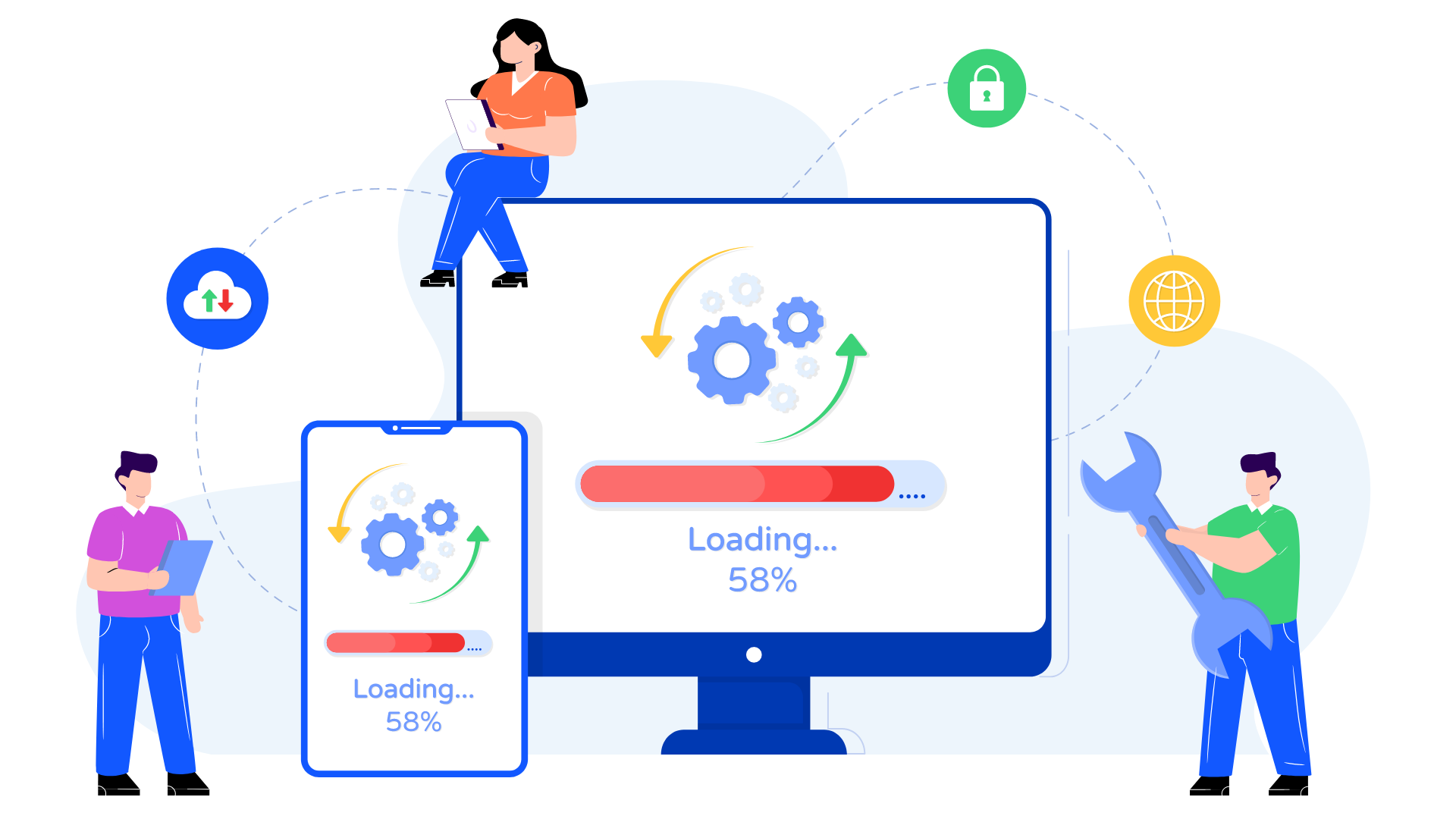Your company’s legacy should be more than its outdated IT infrastructure.
What is legacy software? Many companies keep information technology (IT) systems, based on outdated technologies because they are critical to day to day business operations. The system is in place for reasons but modernizing IT infrastructure is no longer a luxury or an option, it is becoming necessary for day-to-day operations, business continuity and data security.
No company wants to be known for its antiquated technology but often there are roadblocks preventing the modernization from happening
The common perceived roadblocks to modernization are:
- Modernizing can be an overwhelming task
- Not having sufficient budget to overhaul system
- Uncertain of the ROI to build a business case
- Don’t have the expertise to handle the increasing complex technical aspects
The ROI of modernizing your company’s IT
Not updating or replacing complex legacy technology can stand in the way of digital transformation, which in turn compromises a company’s ability to deliver frictionless digital customer experiences. Modernizing infrastructure better aligns a company with omnichannel needs and better positions the brand to meet its business goals. Of course, a major roadblock to updating a company’s legacy technology is how its ROI is understood by stakeholders.
Areas where revamping IT can showcase clear financial benefits include:
- Enhanced customer experience
- Expanded customer reach
- Financial value for the long-term
- Internal efficiencies
In terms of ROI, companies should consider the multiplier effect for each of these benefits. There is a negative multiplier effect the more time is delayed and positive benefits as efforts to modernize are implemented.
Many legacy systems have poor integrations with modern IT, which can prevent them from adopting more current and cost-effective solutions within hybrid (in-house/outsourced) IT model.
Efforts to modernize legacy applications reduces maintenance and operational costs, and key savings can be found in moving software from on-premise to the cloud, which results in improvements to data, back ups security and automations.
Reasons Why Some Businesses Delay Modernizing IT
A popular misconception around modernizing IT is that it entails a complete overhaul of the current system structure, which isn’t necessarily true. It can certainly feel like an overwhelmingly large undertaking, but in many instances it does not require a complete re-architecture.
While some organizations may choose new application architecture, there are multiple options available when deciding to upgrade a system. A transitional or hybrid approach can be developed and executed to minimize business impact, meet budgets and timelines.
Another major impediment to modernization is that the process entails technical challenges and new skillsets a company may not have in-house. In these circumstances, companies can choose to seek a managed cloud solutions provider, which allows them to quickly gain the necessary knowledge and expertise, as well as benefit more immediately from the resulting efficiencies and improved security features. This is also a way to shift the burden of maintaining critical IT systems to an external partner, which can free up a company’s IT resources while offering greater agility.
Finally, timing and short-term inconvenience can be another roadblock to tackling IT upgrades. It can often seem easier to maintain the status quo of an inefficient and risky — but functional — legacy IT system than to disrupt operations.
Is it time to modernize your business applications?
For many businesses, that choice was put to the test by the pandemic. COVID-19 has dramatically altered the typical work environment, shifting away from offices tied to dedicated on-premise IT, to a primarily remote workforce scenario that relies on the cloud. Many businesses with outdated systems struggled to properly equip team members in a timely manner, and were then forced to confront their inefficient systems at a breakneck pace. This on the go approach to digital transformation certainly is not ideal.
Choosing not to take actions when it comes to technology upgrades is still a decision and one that could have far-reaching effects on your business. A company’s IT infrastructure should be the foundation upon which it innovates, evolves and grows. Modernization is essential to truly entering the digital age, managing risk and being more agile. Luckily there are multiple ways businesses can approach overcoming the hurdles that may be holding them back and helping them move toward a successful IT transformation.
Overall, having a strategy to update IT infrastructure will result in improved efficiency, multiplied agility and efficiency while reducing risk and better securing data. In addition to the internal needs, your clients and buyer journeys has moved from in person to online and there is a greater expectation and demand for automation and omnichannel support.
LegacyX Software Inc can help you multiply your business impact, modernize legacy software and innovate the digital transformation of your business.
